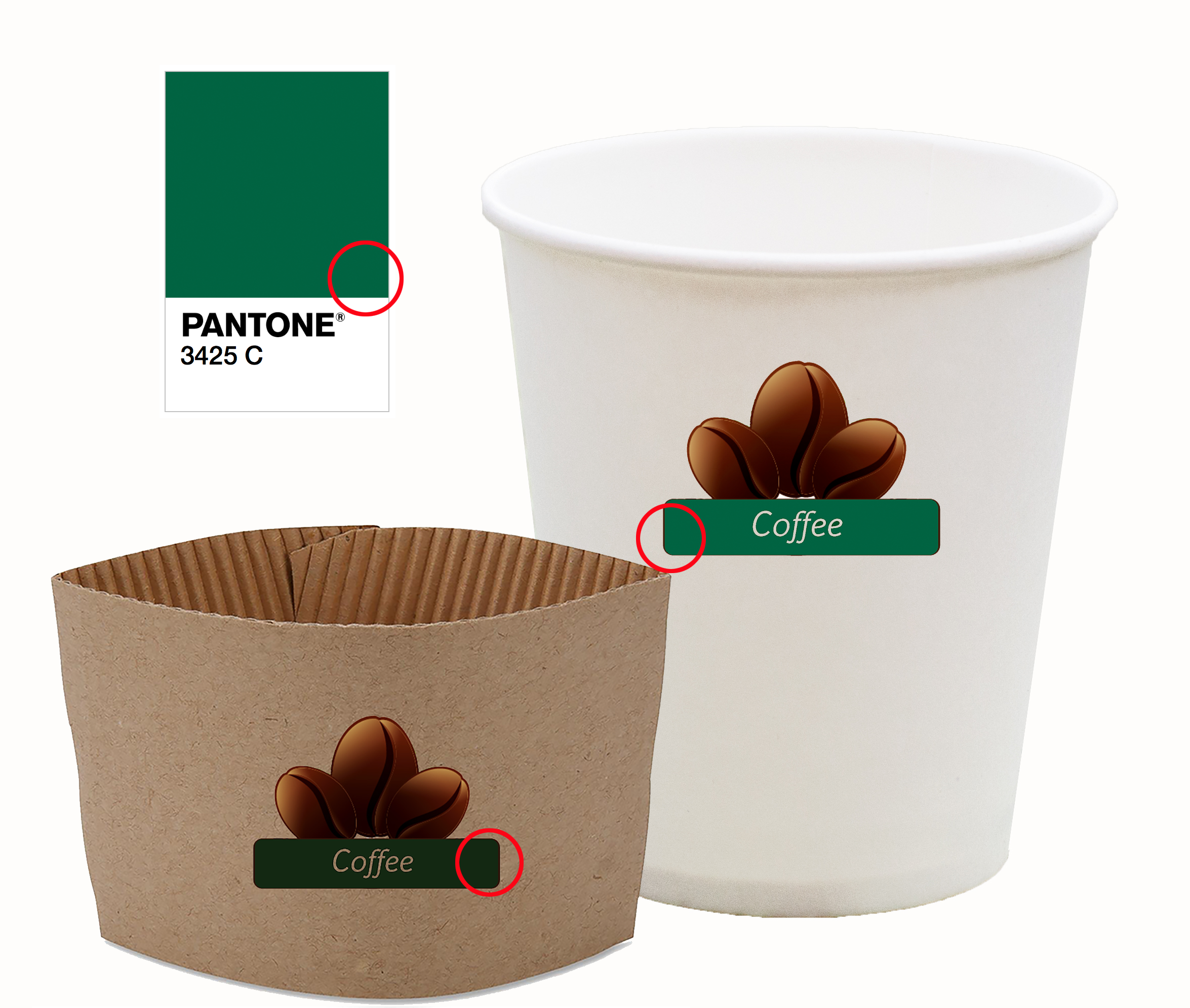Consistent color is a journey.
A few weeks ago I blogged about the most common pitfalls people run into when starting a color program…
- Wrong lighting
- Less-than-perfect color vision
- Inaccurate physical standards
- Inconsistent device color measurement
…And introduced some inexpensive color tools to help overcome them.
But the journey doesn’t stop there. Even if you’ve been successfully managing color for years, advances in inks, dyes, and substrates are introducing new challenges, and many brands are asking for tighter tolerances. Getting color right is much harder than it used to be.
Today we’ll look at some of the more advanced tools available to help you take the next step toward more consistent color.
Controlled Lighting

Did you ever buy something at the store, only to realize the color looked different once you got home? Image courtesy of https://www.stevejenkins.com.
Using a light booth, you can visually evaluate how different types of light will affect the perception of color. They can also help ensure different components will continue to match once they’re assembled. Many manufacturers even use them to evaluate raw materials from their suppliers as soon as they come through the door. After all, it’s much more cost-effective to identify color issues BEFORE you go into production.

Optical brightening agents are very popular in papers, plastics, and textiles. When viewed under normal lighting conditions, these plastic parts appear bright white. When viewed under UV light in a light booth, you can see the glowing effect of the optical brighteners that were added… the whites no longer match!
It may seem like you’re saving money by not investing in a light booth, but not using one will actually cost you more in the long run. With so many choices available, ranging from the number of light sources to cost, there’s sure to be a light booth to fit your needs.
A color measurement device
Although a light booth is a very important part of any color control program, it does have some limitations. If your quality control person has less than perfect color vision, there’s not much a light booth can do to help him or her make good color decisions.

Our online color vision challenge is a fun way to understand your color vision acuity, but the only way to know for sure is to take the Farnsworth-Munsell 100 Hue Test.
One of the wonderful things about color measurement instruments is that, as one of our customers stated, “They never have a bad day.” They can’t be distracted. They aren’t susceptible to variables such as fatigue, age, or color vision deficiency. Brand owners and designers use color measurement devices to specify and communicate color, and manufacturers use them to monitor color accuracy throughout production.
There are two types of color measurement instruments: colorimeters and spectrophotometers.

0/45° spectrophotometers measure light reflected at a fixed angle to the sample, usually at 45˚. They are commonly used for measuring color on smooth or matte surfaces.
A colorimeter is a three-channeled device that “sees” color exactly like the human eye. For some industries, this is sufficient data. For others, it may fail to identify crucial color matching errors.
A spectrophotometer also captures and evaluates color, but works by filtering light into very narrow bands of color, which pass back up through the instrument’s optics and into a receiver to be analyzed. Using a spectrophotometer to read a sample’s response across the visible spectrum is the most accurate way to obtain color data for specification, formulation, inspection and quality control.
Spectrophotometers can measure just about anything, including liquids, plastics, paper, metal and fabrics. Like light booths, there are a number of options available, ranging in accuracy and cost. We are happy to help you determine the best one for your needs.
Are you ready to move toward consistent color?
Following the tips I shared in “Why Visual Evaluation Is No Longer Enough” and adding even an introductory level light booth and color measurement device will dramatically improve the accuracy and consistency of your color.
But it doesn’t end there. As I mentioned, great color is an ongoing journey. We’ll be taking the conversation to the next level of color control – appearance and virtual design – in an upcoming blog. Stay tuned!

